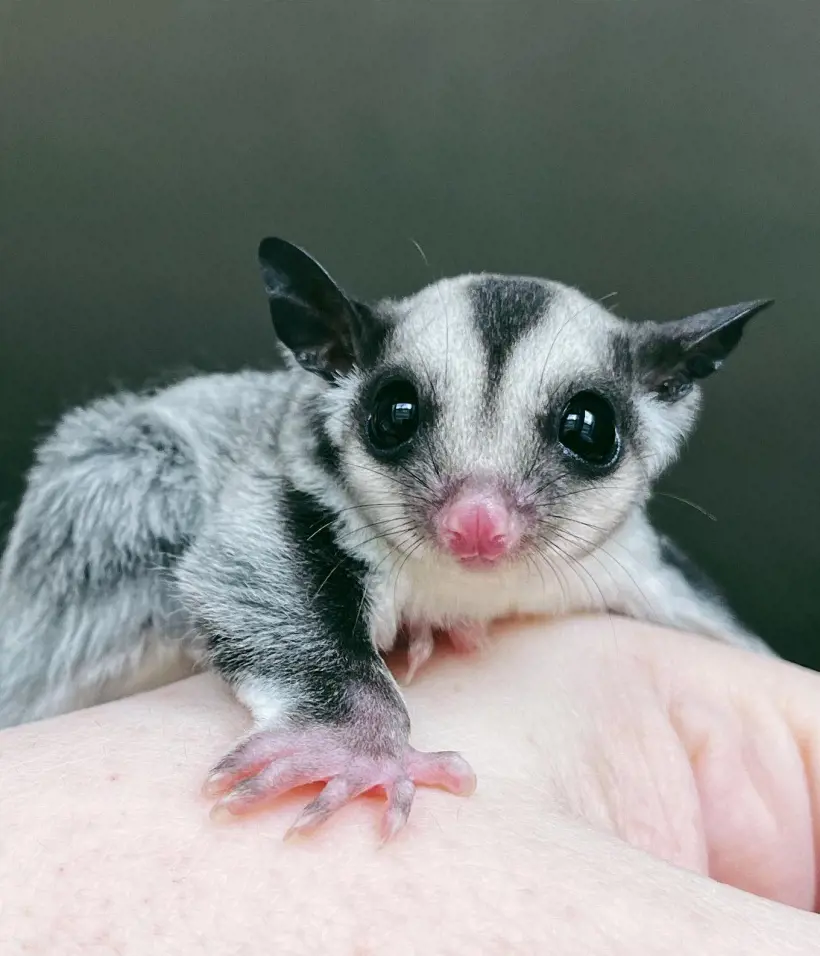15 Rabbit Sounds & Noises And Their Meanings
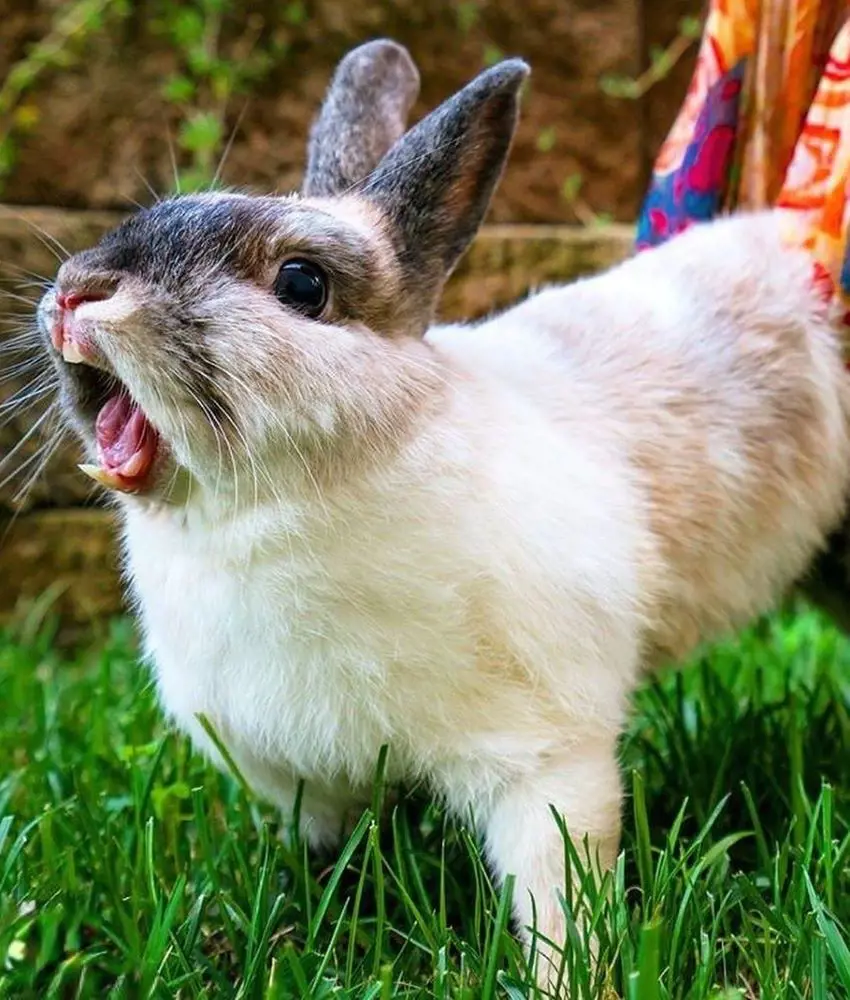
This post may contain affiliate links. If you make a purchase through links on our site, we may earn a commission.
As humans, we have mastered the ability to connect with each other through sound. We created hundreds of languages that were eventually passed on from generation to generation.
While rabbits also emit different types of sounds, they don't have a standard language. Still, these furry little creatures are experts in communicating their feelings and emotions through various sounds and noises, not just with other rabbits but also with their human companions. Today, we explore various sounds these bunnies make and their meaning.
1. Clucking
Rabbits cluck as a form of communication with other rabbits or their owners. This behavior is commonly observed when they are content, relaxed, or feeling safe. Clucking often occurs when they are being petted or gently stroked, indicating that they are enjoying the attention. It can also serve as a means of bonding and establishing trust with their human companions.
The clucking sound is produced by a rapid and repeated movement of the rabbit's tongue against the roof of their mouth. It is a softer sound compared to their usual vocalizations, such as growling or grunting.
You May Like: 20 Rabbit Breeds That Will Make You Forget About Other Pets
2. Purring

When a rabbit makes a purring sound, it usually indicates that they are content and relaxed. This purring noise is often referred to as "tooth purring" because it is produced by the rhythmic movement of the rabbit's teeth.
This bunny noise is a low, vibrating sound that can be heard when the rabbit is in a calm state, such as when they are being petted or are resting comfortably. It is a way for rabbits to communicate their contentment and satisfaction. Bunnies may also purr when they are enjoying social interaction or when they are in a safe and secure environment.
3. Growling

Rabbits are generally known for their gentle and timid nature, so it may come as a surprise to hear them make a growling sound. However, this growling noise is not the same as the aggressive growl made by other animals like dogs or cats.
Rabbits typically make a low growling sound when they feel threatened or scared. This is their way of communicating that they are feeling defensive and want to be left alone. The growling noise is a warning sign to potential threats, signaling that the bunny is prepared to defend itself if necessary.
Also Read: 15 Adorable Rat Breeds That Will Make You Fall In Love
4. Thumping
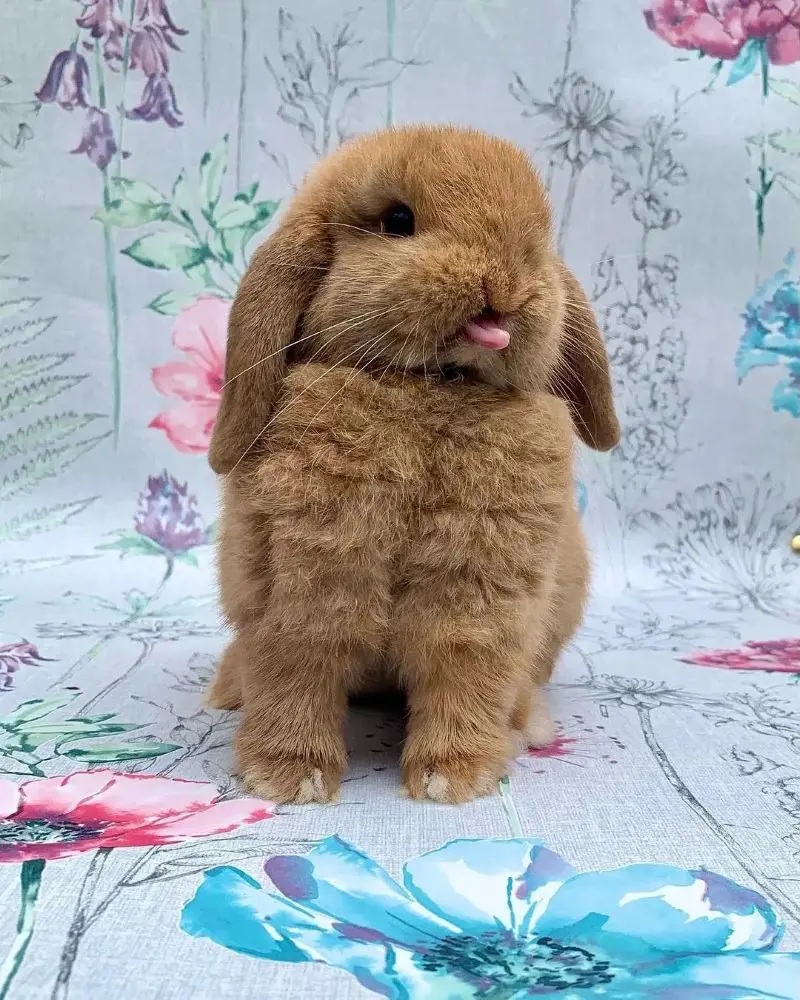
Rabbits often make thumping sounds when they are scared or feel threatened. This behavior is a way for them to communicate with each other and signal danger. Thumping is an instinctual response for rabbits, as they are prey animals and have evolved this behavior to alert their companions of potential danger.
When a rabbit is scared or senses danger, it will forcefully hit its hind legs on the ground, creating a loud thumping noise that can be heard from a distance. This behavior serves as a warning to other rabbits in the vicinity to be on high alert and ready to escape or hide.
5. Screaming
A rabbit's scream usually indicates that it is in extreme distress or pain. Rabbits are generally quiet animals and do not make loud vocalizations. However, if they feel threatened or are experiencing intense pain, they may emit a high-pitched scream-like sound.
The scream can occur due to various reasons, such as being attacked by a predator, severe injury, or a medical condition. Rabbits are delicate creatures, and their vocalizations should not be ignored. In such situations, it is recommended to contact a veterinarian who specializes in rabbit care.
Don't Miss: 10 Facts To Be Considered Before Owning A Capybara As A Pet
6. Whining
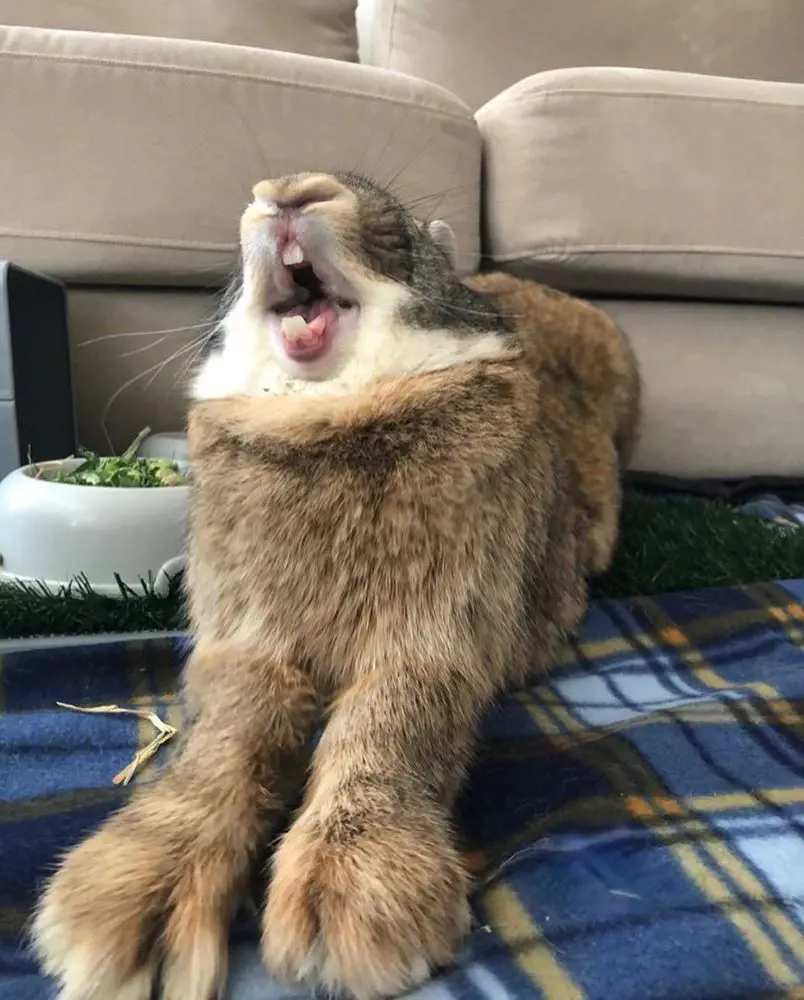
Rabbits mostly whine when they are in fear or distress. When these animals feel threatened, they may emit a high-pitched whining sound as a way to communicate their discomfort. This sound is often accompanied by other signs of fear, such as crouching, hiding, or thumping their hind legs.
Rabbits may also make whining sounds when they are in pain or discomfort. This can occur if they have an injury, illness, or digestive issues. Whining in these situations is their way of expressing their discomfort and seeking attention or help from their owners.
7. Honking

Rabbits do not typically emit honk-like sounds. However, there are a few instances where they may make sounds that resemble honks. One such situation is when a rabbit is scared for its life.
Bunnies may emit a loud, high-pitched honking sound to alert others of potential danger. This honking sound is often accompanied by other defensive behaviors like thumping their hind legs or growling.
Another instance where rabbits may emit honk-like sounds is during courtship or mating rituals. Male rabbits, also known as bucks, may make honking or honking-like sounds to attract females.
8. Grunting
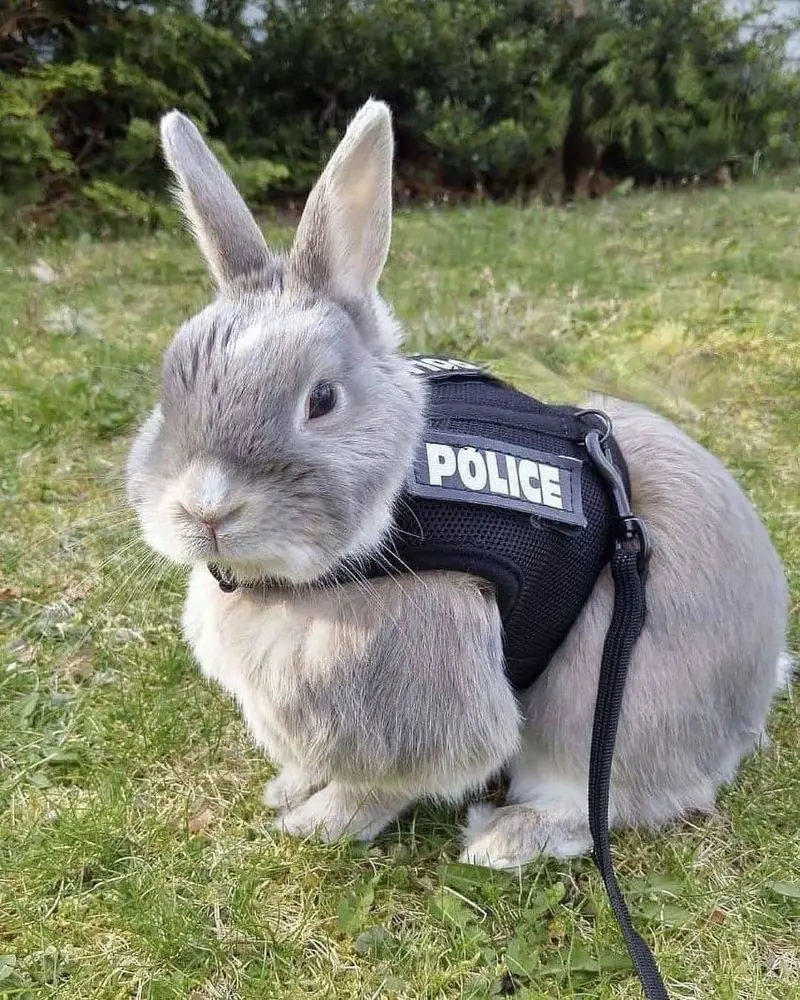
Rabbits usually make grunting noises to communicate various emotions or intentions. One common reason to grunt is when they feel threatened. It serves as a warning to potential predators or other rabbits that they are feeling unsafe and may act defensively.
Rabbits may also grunt when they are annoyed or irritated, especially if they are being handled in a way they don't like. Additionally, grunting can be a sign of discomfort or pain, indicating that your pry may be unwell or injured.
9. Chirping
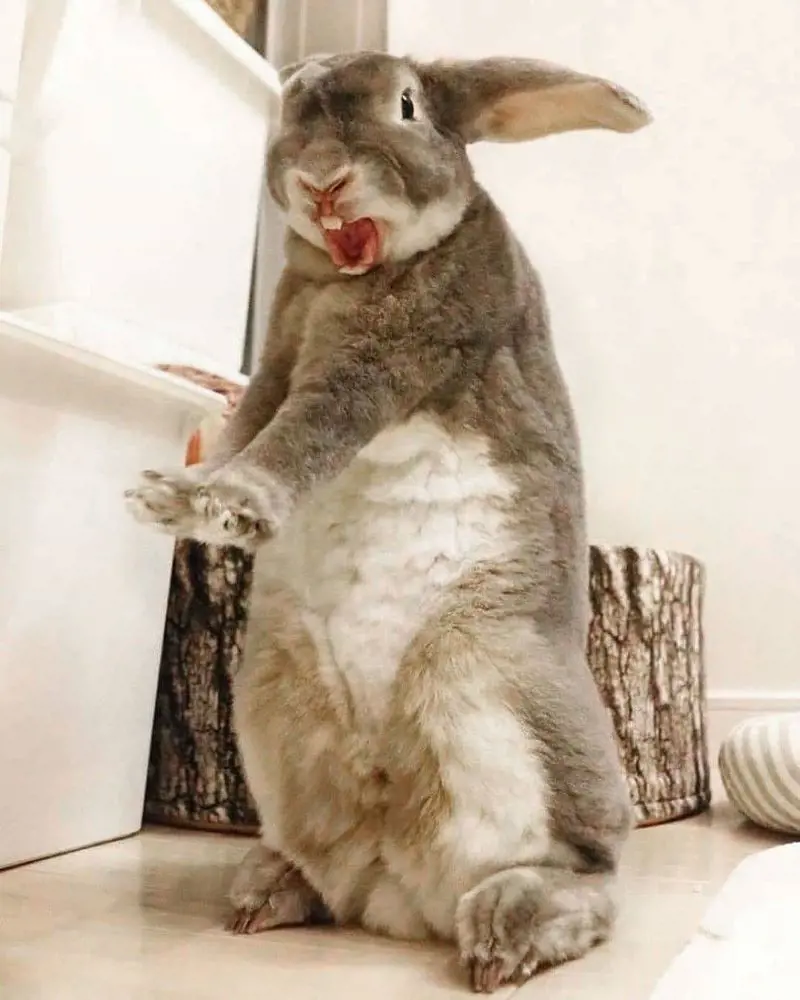
Rabbits typically make chirping noises when they are feeling excited, happy, or startled. This sound is often referred to as "binking." It is a vocalization that rabbits produce to communicate their contentment or express their joy.
Chirping can also occur when rabbits are playing, running, or engaging in social interactions with other rabbits or humans. These sounds are usually short, high-pitched, and can be repeated rapidly. It is common for rabbits to chirp during their most active times, such as in the early morning or evening when they are most energetic.
10. Hissing
Rabbits are typically gentle and docile, so hissing behavior is quite rare. However, there are a few possible situations where they might hiss. Firstly, fear and aggression are common triggers for hissing.
If a rabbit feels threatened or cornered, it may respond with a hiss as a warning sign. This behavior is often accompanied by other defensive actions such as growling, lunging, or biting. Secondly, pain or discomfort can also provoke hissing in rabbits. If a rabbit is experiencing physical distress or injury, it may hiss as a way to communicate its discomfort.
11. Whistling
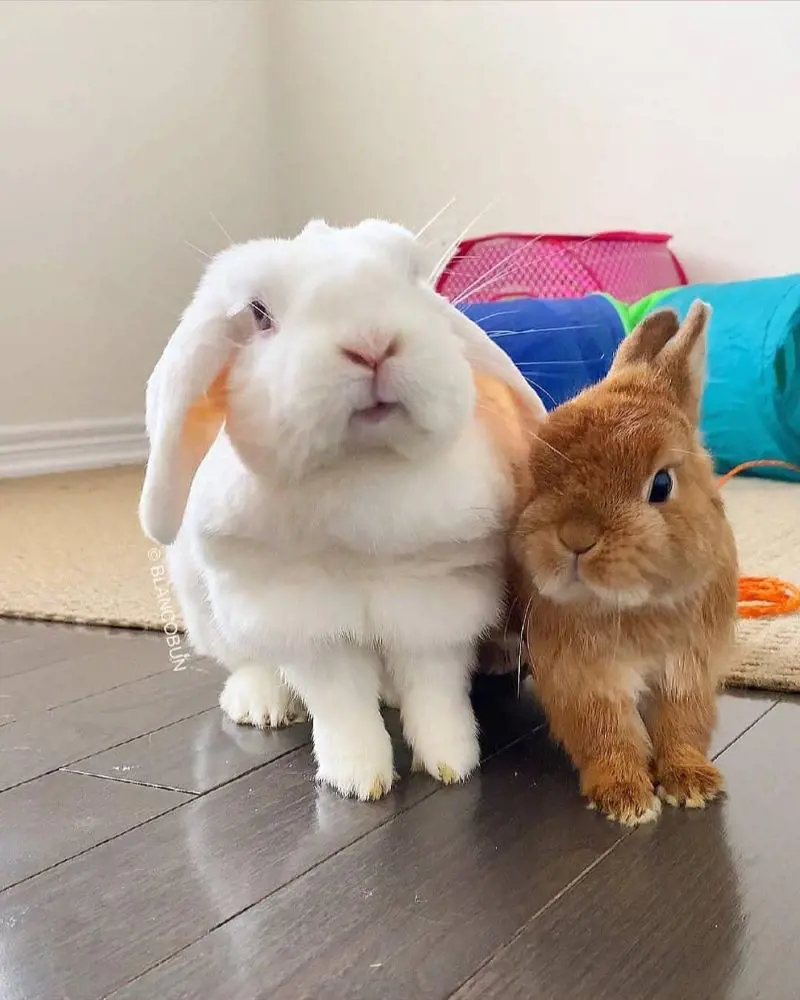
A rabbit's whistling sound is an indication of fear or alarm. When these fluffy creatures feel threatened or perceive danger, they emit a high-pitched whistle sound. This sound is produced by the rapid movement of air through their nostrils and is quite distinct.
The purpose of a whistle is to warn other rabbits of any potential danger and prompt them to take evasive action. It serves as a way for rabbits to communicate and protect themselves from predators. The noise is often accompanied by other defensive behaviors, such as freezing in place or fleeing to a safer location.
12. Crying
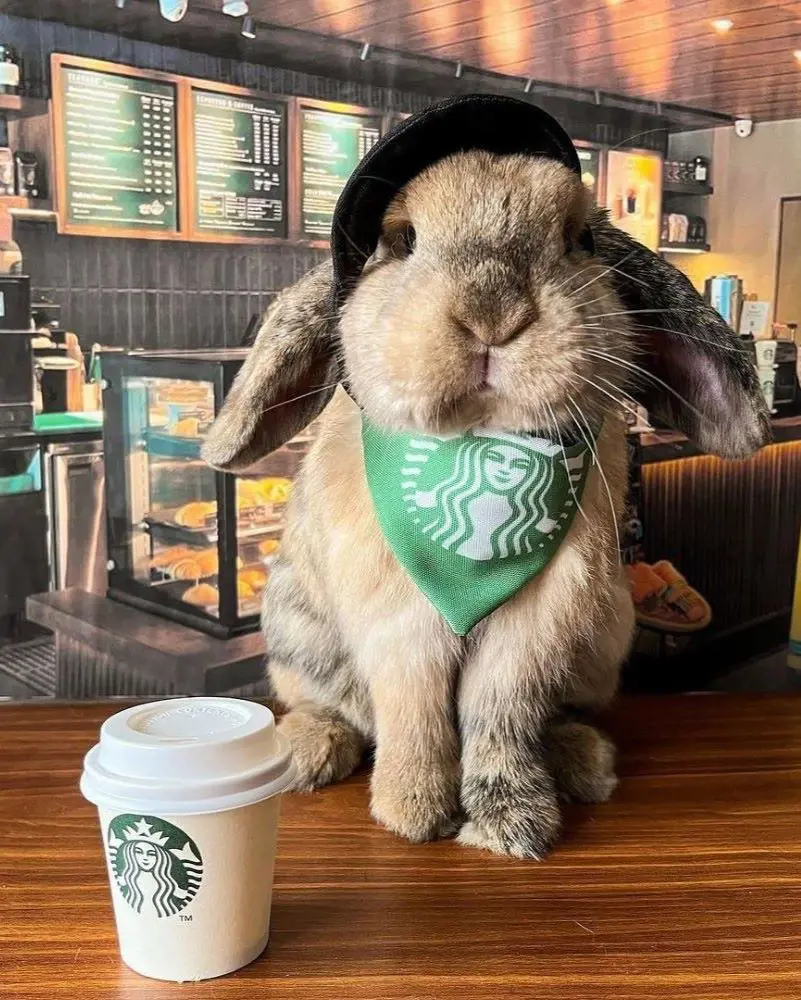
Rabbits normally produce crying noises in certain cases when they are in physical pain or distress. They have a high pain threshold, so if they are expressing discomfort audibly, it could indicate a serious issue.
Another reason for a rabbit's crying could be fear or stress. If a bunny feels threatened, it emits a high-pitched crying sound. This can occur when there are sudden loud noises, unfamiliar people or animals, or if the rabbit is in an uncomfortable environment.
13. Croaking
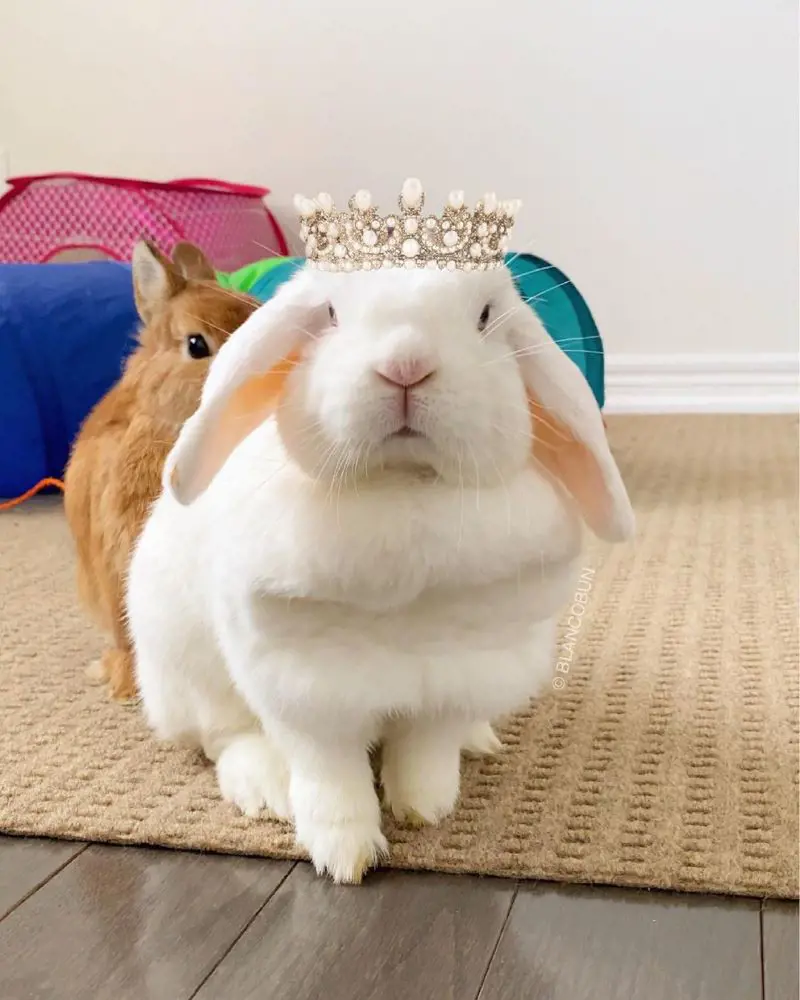
The croaking sound produced by rabbits is known as a "thump." It is a loud, rhythmic sound made by forcefully striking their hind legs on the ground. Rabbits typically use this behavior as a warning sign to communicate danger or potential threats in their environment.
The primary reason rabbits make the sound is to alert other rabbits in their group of a perceived threat. It serves as a way to communicate that something is amiss and that other rabbits should be on high alert.
14. Snorting
Snorting sounds in rabbits could be a sign of respiratory issues, snuffles, or mental trauma. Snuffles can cause nasal congestion, sneezing, and snorting sounds as the rabbit tries to clear its airways.
Moreover, rabbits may make snorting sounds as a show of aggressive or territorial behavior. When rabbits feel threatened or are engaging in a dominance display, they may emit snorts to communicate their displeasure or to warn other rabbits to stay away.
15. Squealing
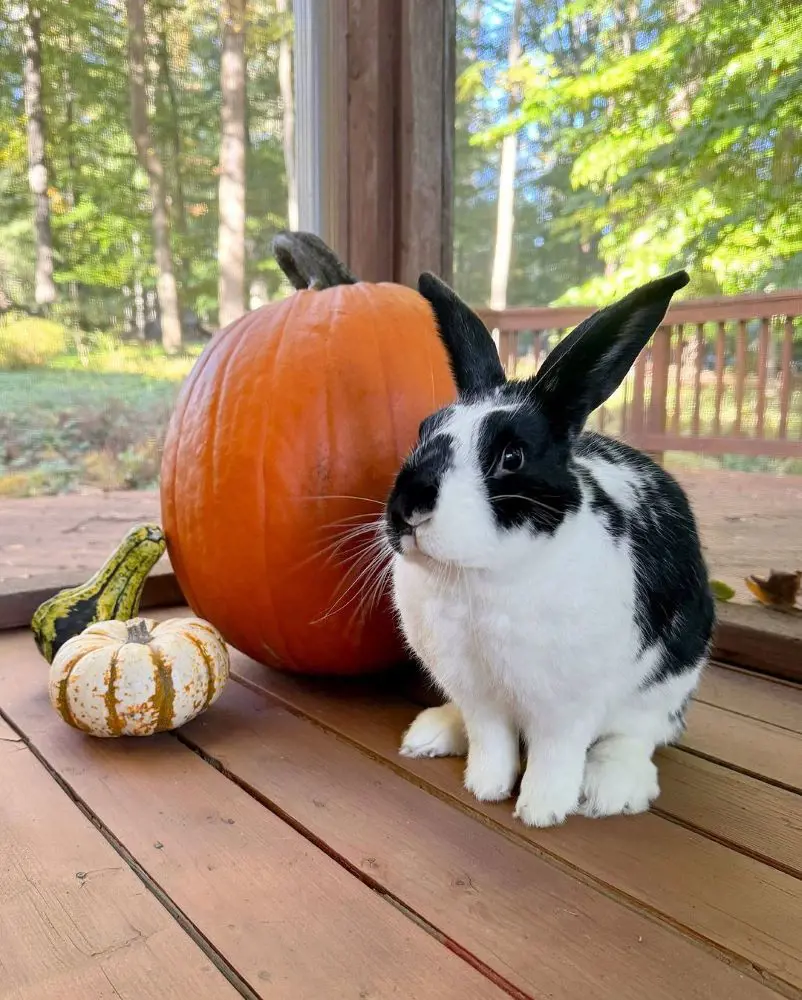
When rabbits feel threatened, they may emit a high-pitched squealing sound as a warning signal to potential predators or to express fear and distress. This squealing sound is often accompanied by other defensive behaviors such as thumping their hind legs against the ground or running away.
However, rabbits also make other vocalizations for different purposes. They can emit soft purring or low grunting sounds when they are content or relaxed, especially when being petted or during grooming.
Recent posts
Pets
Pets
15 Sugar Glider Facts That Will Make You Want One
The undisputed champion of the night sky, the Sugar Glider, often referred to as nature's pocket rocket, is the embodiment of cuteness and agility. With their large, captivating eyes and furry, membranous wings, sugar gliders are tiny marvels that gr...
Pets
10 Cute Turtle Breeds For Pets
Turtles have earned their popularity as pets by captivating the hearts of animal enthusiasts around the world with their intriguing and unique appearance. The distinctive shell with intricate patterns and earthy hues make turtles visually appealing. ...
